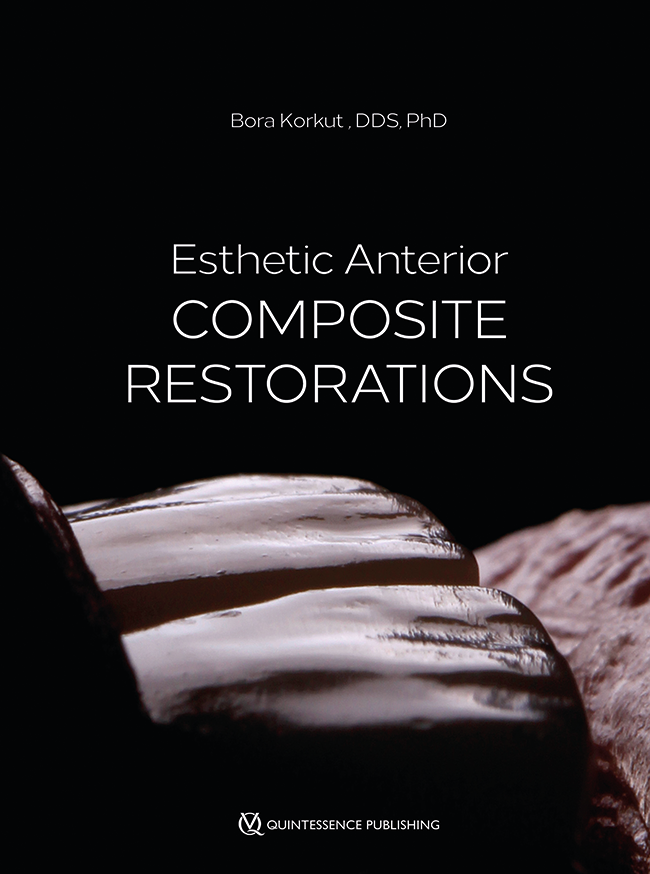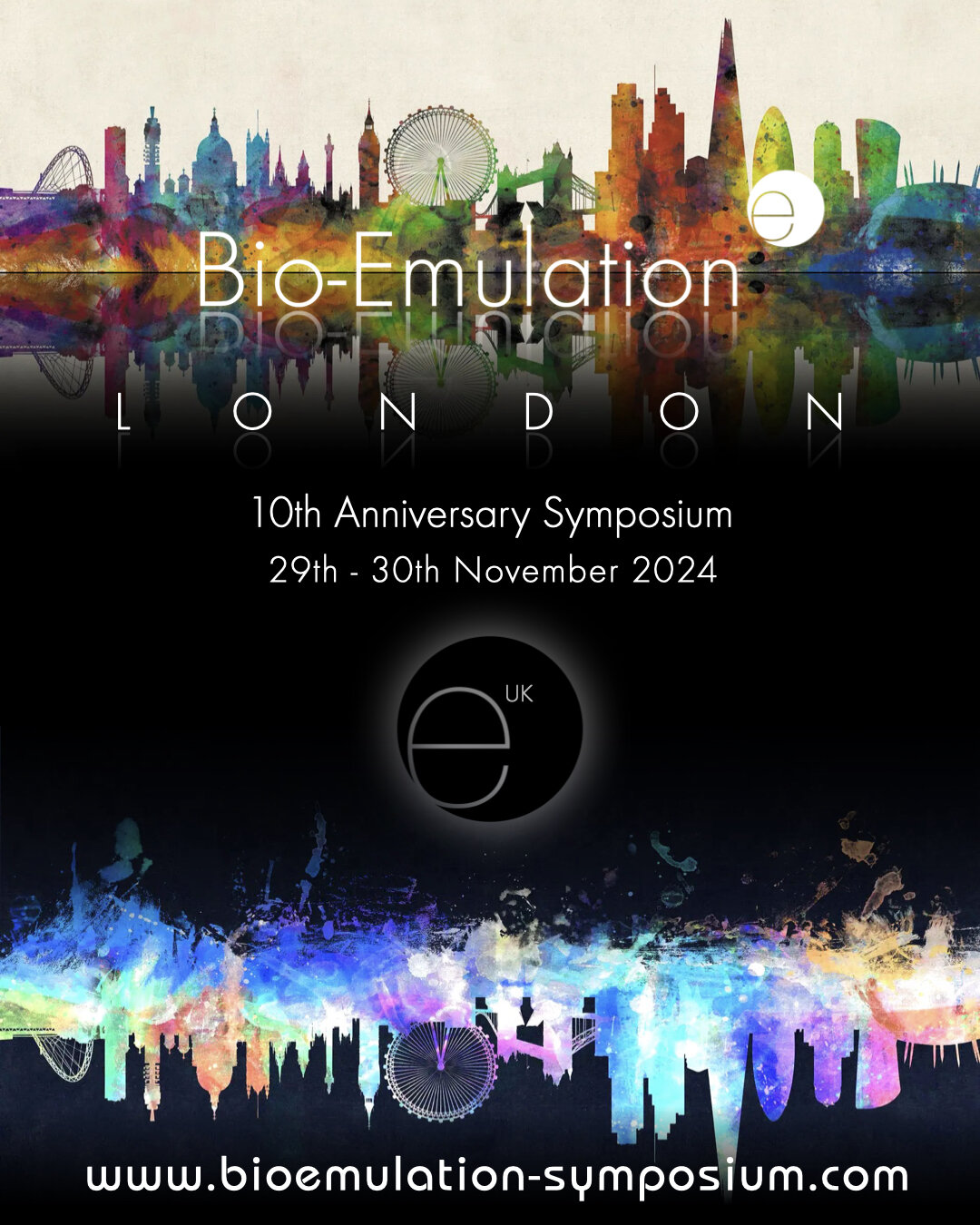Oral Health and Preventive Dentistry, 1/2025
Open Access Online OnlyOrthodonticsDOI: 10.3290/j.ohpd.c_2117, PubMed-ID: 406132514. Juli 2025,Seiten: 355-364, Sprache: EnglischKorkut, Bora / Uzun, Kadir Emre / Hacıali, Cigdem / Unal, Tuna / Tagtekin, DilekPurpose: To evaluate surface roughness and volumetric change of enamel after using different resin remnant removal (RRR) techniques, following orthodontic bracket debonding.
Materials and Methods: Metal orthodontic brackets (Mini Twin Brackets, RMO) were bonded to 60 human (central or lateral) labial mid-third surfaces, and debonded 24 h after by a single orthodontist. The remaining composites were completely removed with the fluorescence light guidance by the D-Light-Pro led curing unit (GC/detection mode). The removal procedures were performed without magnification (n = 30) or with 20× magnification/5500 K illumination by a dental microscope (OMS2000, Zumax) (n = 30). Three RRR techniques were used: 12-bladed carbide bur (Horico), red-banded diamond bur (Horico), SofLex Disc (medium/40 μm, fine/24 μm, and superfine/8 µm; 3M). Surface changes were evaluated visually through microscope photographs by enamel surface index (ESI) and volumetrically by overlapping the three-dimensional images of a laser scanner device (LAS-20, SD-Mechatronik) in the Geomagic Design X (3D Systems) software. The deemed significance was set at 0.050 for the statistical analyses.
Results: A positive, strong correlation was found between visual and volumetric change scores (P 0.001). Lesser volumetric loss (P 0.001) and roughness (P = 0.009) were observed for all RRR techniques when the magnification was used. Volumetric loss (mm3) by diamond bur was significantly the highest [1.85(1–3)a], followed by SofLex Disc [1.1(1–1)c] and carbide bur [0.59(0–1)b](P 0.001). Visual surface roughness scores (Ra) were significantly higher for diamond bur [4.5(4–5)b](P 0.001), followed by carbide bur 2(1–3)a and SofLex Disc 1(1–2)a.
Conclusion: Surface roughness should always be assessed together with the volumetric enamel loss for the selection of RRR technique. Red-banded diamond bur should not be used for RRR. Even though the least surface roughness can be provided by SofLex Disc system, it can provide more intact enamel surface loss than the carbide bur. Magnification was considered useful for the RRR to provide a smoother surface while better preserving the intact enamel tissue.
Schlagwörter: debonding, dental microscope, iatrogenic damage, resin remnant, volumetric loss
Oral Health and Preventive Dentistry, 1/2020
Open Access Online OnlyOral MedicineDOI: 10.3290/j.ohpd.a45075, PubMed-ID: 328956554. Sept. 2020,Seiten: 719-729, Sprache: EnglischKorkut, Bora / Tagtekin, Dilak / Murat, Naci / Yanikoglu, FundaPurpose: This study investigated the progression of incisal tooth wear clinically for 4-years, using various diagnostic methods. Effectiveness of occlusal splints (night guards) for patients with nocturnal bruxism was also evaluated. Materials and Methods: Forty maxillary incisors from 10 patients with nocturnal bruxism were selected. Group 1 (n=5) wore occlusal splints for 6 months, whereas group 2 (n=5) didn't. Ultrasound, cast-model analysis (control), digital radiography, FluoreCam and colorimeter were used for measurements. Clinical progression of incisal wear monitored at baseline, 3, 6, 12, 24 and 48 months, respectively. Results: Ultrasound, cast-model analysis and FluoreCam readings gradually and statistically significantly decreased during the overall evaluation period for both groups (p<0.001). Regarding colorimeter, statistically significant differences in periodical measurements were observed from 24 months and 12 months, for group 1 and group 2, respectively (p<0.001). There were no statistically significant differences in readings at evaluation periods, between the groups, for ultrasound, digital radiography and cast-model analysis (p≥0.05); however, statistically significant differences were observed for colorimeter at 24 months (p=0.010) and 48 months (p<0.001), and for FluoreCam at 12, 24, 48 months (p<0.001). Annual decrease in mean crown length was determined as 20-30 µm for group 1 and 40-50 µm for group 2. The decreases in mean crown length were statistically significantly lower for group 1 compared to group 2, regarding the assessments for 1 year, 2 years and 4 years (p<0.001). Positive and good correlations were observed between ultrasound, cast-model analysis and FluoreCam measurements (p<0.001). Conclusions: Ultrasound, FluoreCam and colorimeter showed promising results for monitoring any change and progression of incisal tooth wear clinically. Ultrasound might be considered as a quantitative, reliable and repeatable method. Precision of the measurements varied among the diagnostic methods used. Occlusal splints may have a potential preventive effect for progressive tooth wear.
Schlagwörter: bruxism, colorimeter, fluorescence, occlusal splints, tooth wear, ultrasound





